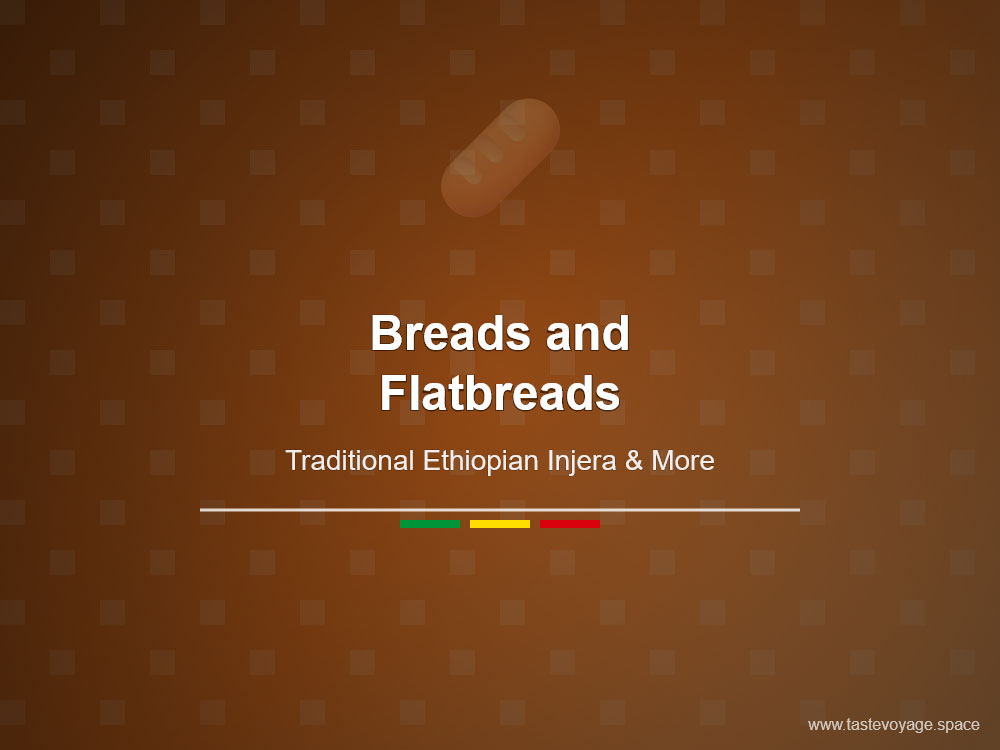Authentic Ethiopian Injera Recipe | Gluten-Free Ancient Grain Guide
Travel the World Through Food >> Breads and Flatbreads>>Ethiopian Cuisine>> Authentic Ethiopian Injera Recipe | Gluten-Free Ancient Grain Guide
Authentic Ethiopian Injera Recipe | Gluten-Free Ancient Grain Guide
Discover the Beauty of Ethiopian Injera: A Cultural and Culinary Treasure
Ethiopian Cuisine offers a rich tapestry of flavors, traditions, and history. Among its most iconic dishes, Injera stands out as a symbol of community, nourishment, and culinary artistry. This traditional sourdough flatbread is more than just a staple; it embodies the heart of Ethiopian food culture and showcases ancient grains’ natural goodness. Understanding Injera’s cultural value and culinary significance invites us to appreciate its role in Ethiopian society and its growing popularity worldwide.
The Cultural Significance of Injera in Ethiopia
Injera holds a special place in Ethiopian culture. It is often the centerpiece of communal meals, bringing families and friends together around a shared platter. Serving Injera is a sign of hospitality and respect, reflecting the community-oriented spirit that characterizes Ethiopian social life. Its preparation and consumption are deeply rooted in tradition, passed down through generations with reverence and pride.
The dish also symbolizes unity and connection. During social gatherings and celebrations, injera is more than food; it is a cultural expression. It unites people in a shared experience, fostering bonds and celebrating Ethiopian identity. Serving Injera alongside a variety of spicy Stews and vegetable dishes creates a harmonious and balanced meal, emphasizing the importance of togetherness and mutual respect.
Culinary Significance and Unique Characteristics
Injera’s unique flavor and texture set it apart from other flatbreads around the world. Traditionally, it is made from teff, an ancient grain native to Ethiopia. Teff is gluten-free, tiny in size, and packed with nutrients, making Injera a wholesome and healthful food choice. Its slightly tangy taste results from fermentation, which also enhances its digestibility and flavor complexity.
The process of fermenting the batter is an art that has been perfected over centuries. It imparts a distinctive sourness that complements the savory stews and vegetables served with it. The spongy texture of Injera allows it to soak up sauces and flavors, making each bite a sensory delight. Its porous surface is perfect for scooping, encouraging communal eating and sharing.
The Role of Ancient Grains in Modern Cuisine
Using ancient grains like teff in Injera highlights the connection between traditional diets and modern health-conscious eating. Teff is rich in protein, fiber, and minerals such as iron and calcium. Its resilience and adaptability also underscore the sustainable practices valued in traditional Ethiopian farming.
Today, many chefs and food enthusiasts worldwide are rediscovering Injera as a gluten-free alternative to conventional bread. Its versatility and nutritional profile make it increasingly popular in health-focused kitchens. However, its cultural importance remains at the core of its identity, reminding us of the rich culinary history it carries.
Celebrating Injera’s Legacy
Injera is more than just a dish; it is a symbol of Ethiopian heritage and culinary ingenuity. Its preparation and consumption reflect a deep respect for tradition, community, and nature’s bounty. As you explore this remarkable bread, you gain insight into a vibrant culture and a way of life centered around sharing and connection.
Whether enjoyed in Ethiopia or at a global table, Injera offers a taste of history, culture, and healthfulness. Its story is a celebration of ancient grains, craftsmanship, and the universal joy of food that brings people together.
Experience the richness of Ethiopian food culture through Injera — a gluten-free, ancient grain marvel that continues to inspire and delight.
